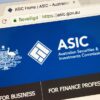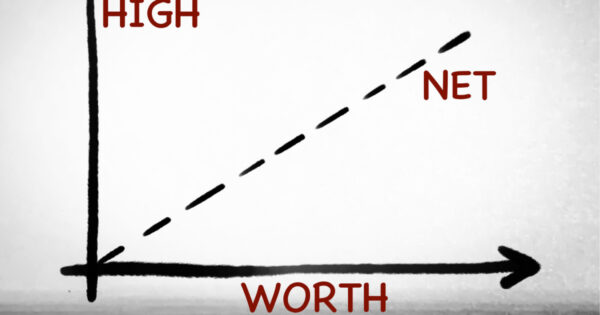Advisers remain exposed to $135m on Dixon Advisory

Financial advisers could be forced to pick up as much as $135 million of claims related to Dixon Advisory, according to the Financial Advice Association of Australia (FAAA).
While welcoming the fact that Dixon Advisory’s membership of the Australian Financial Complaints Authority (AFCA) had ceased, the FAAA pointed to estimates suggesting that ultimate exposure for financial advisers might be $135 million.
“Estimates suggest financial advisers could be forced to pick up as much as $135 million of claims related to Dixon Advisory, whilst the parent company (E & P Financial Group) has settled its class action for around 4 cents in the dollar, while continuing to operate and advise many of the affected clients,” FAAA chief executive, Sarah Abood said.
“This highlights a deep flaw in the CSLR funding model that must be fixed. The Dixons scandal is on such a massive scale that it warrants a public inquiry into the circumstances that led to this failure and recommendations to ensure this cannot happen again.”
Abood went on to outline actions the FAAA believed needed to be urgently taken to fix the funding flaws for the CSLR.
- The CSLR funding model must be prospective, not retrospective. Advisers should not be paying for matters that occurred well before the scheme came into being.
- The government needs to pay the first full year of operation of the scheme as was originally promised, rather than just 3 months.
- The government should re-instate the original sector cap (a maximum of $10 million that could be levied per sector), rather than the $20 million that currently applies.
- Our sector should be indemnified against future CSLR claims, where a matter has been reported to ASIC and ASIC has chosen not to act, or has substantially delayed action.
- The government must act to ensure that large vertically integrated groups cannot avoid paying fair compensation to consumers by putting a subsidiary into administration.
- The government must ensure that all other avenues for client compensation have been exhausted before financial advisers are charged.
- A party must be appointed to defend complaints against entities no longer in existence. At present no-one is speaking for the advice provided to the consumer or defending these claims.
“We consider these actions to be urgent in order to secure a sustainable and fair funding base for the CSLR, so that consumers can continue to receive fair compensation if they have suffered a loss due to poor advice,” Abood said.











Dixons and CSLR is just the latest chapter of regulators failing to take action against a guilty minority, and choosing instead to punish the honest majority.
FAAA with the best comments I’ve ever seen from them.
Now make every politician aware of this utter ASIC / Govt failure stench
Make it main stream media
Demand ASIC / Govt be held accountable
And ask any other profession if they would pay for such incompetent ASIC / Govt stuff ups
How could it NOT be possible that there is a level of corruption about this ?
Not related – but do we yet know who coined the term “Qualified Adviser” ? – a blatant attempt to deceive millions of Australians.
We know why Dixon and CSLR is happening because the people that make the rules have been affected that is all and this is abuse of power and should have a royal commission into why.
I would love to know Does ASIC tract complaints? they advised that they don’t go after everything but do they track what they are getting so we know they didn’t just let things go on so they could go and collect massive fines and bonuses for themselves and the lawyers mates that work within ASIC?
The situation with financial advisers being saddled with the Dixon Advisory bill is not just flawed—it’s highly suspicious. The handling of this issue reeks of potential backroom deals and corruption. While I can’t pinpoint how, I’m confident that the truth will surface eventually. It’s reassuring to see the FAAA taking a proactive stance. I encourage Abood and Anderson to stay vigilant and be ready to pursue the corruption angle if and when evidence comes to light.